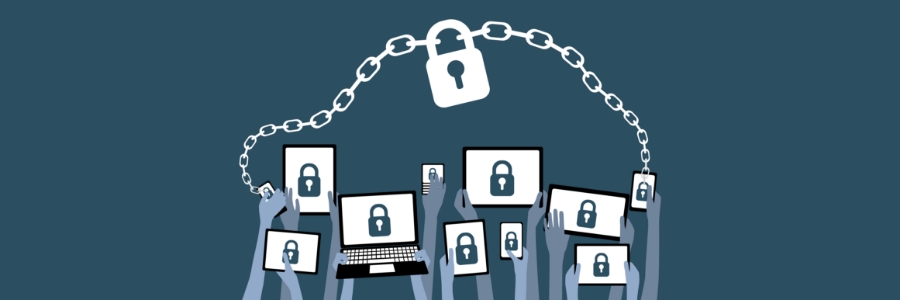Email continues to be one of businesses’ primary means for transmitting sensitive and confidential data, so protecting your organization from business email compromise (BEC) attacks should be part of your cybersecurity strategy. BEC attacks typically involve a cybercriminal pretending to be a business partner, supplier, or executive to trick their targets into giving them access to their company's sensitive information or funds.
Need IT Services? Call Us Now! (860) 256 8197
IT News, Information And Tips To Help Your Business
Why every SMB needs a business continuity plan: Protecting your company from unexpected disruptions
How to enhance your company’s BYOD security

Bring your own device (BYOD) is a trend that has grown in popularity because of the convenience it offers employees, but it also presents a serious security risk. If an employee's personal device is not appropriately secured, it can become a potential entry point for attackers to gain access to sensitive corporate information.
Fix network problems with these easy tips

Most of us have experienced the frustration of dealing with network problems. These errors can appear on screen or linger in the background, causing interference with the internet connection. In this article, we will explore some of the most prevalent network errors and provide solutions for fixing them.
What is SIEM, and why do small businesses need it?
Do I need to back up my Microsoft 365 tenant? (Yes, you do.)
Choosing between Groups, Teams, and Yammer

Microsoft 365 provides three amazing tools that make it easier than ever to communicate, collaborate, and share documents with your colleagues — Groups, Teams, and Yammer. Have you ever wondered what the difference is between these tools and when you should use which? Read on to find out more about how each tool can help you streamline your workflow.
Cloud ERP: Streamlining your business operations in the digital age

The cloud has revolutionized the world of enterprise resource planning (ERP), enabling companies to access their ERP software and data from any location with an internet connection. This has made it possible for businesses of all sizes to leverage advanced ERP capabilities and features without requiring on-site hardware or IT resources.
Essential tips for making an effective disaster recovery plan

As a business owner, you know that data security is paramount. It’s therefore essential to ensure you have taken all necessary steps to protect yourself against potential data loss events, such as data breaches and natural disasters. In this essential guide, we will outline the key steps you should take in creating a disaster recovery plan (DRP). Following these can save your business from an incredibly costly catastrophe.
Why you should avoid password autofill

With all the different passwords you have to manage, it can be tempting to just let your browser store your passwords for convenience. However, this "convenience" can come at a cost: hackers easily accessing your accounts. If you've been considering using password autofill, it's important to understand the risks that come with it and why it should be avoided.




